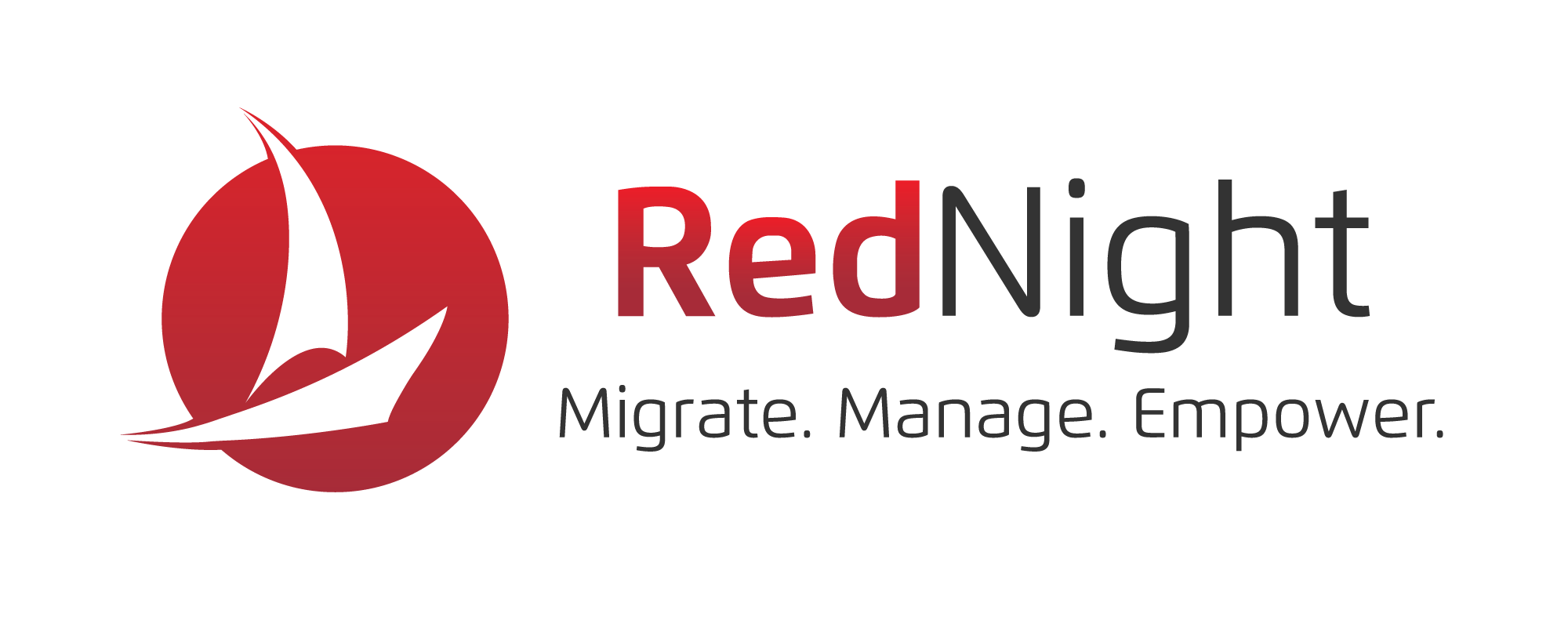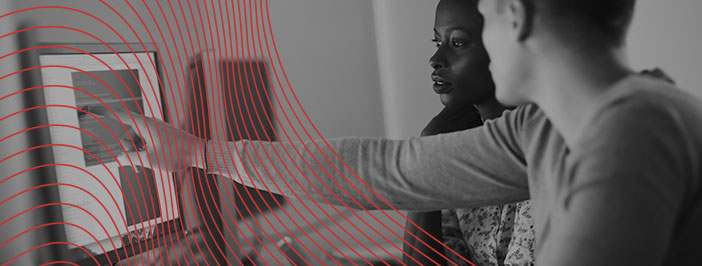As companies come to rely more and more on business technology to maintain that competitive edge, the need for solid network security moves more to the forefront. Nothing can be as damaging to a company’s reputation as a data breach or catastrophic downtime.
To avoid this, it’s important to understand how to protect your network from anything from floods and power outages to hackers and computer viruses. Fortunately, many of the best ways to secure your network are common-sense solutions that are fairly easy to implement.
In this guide we’ll cover:
- Assessing your network
- Updating patches and malware definitions
- Creating solid firewalls
- Educating employees
- Managed support services
- Maintaining business continuity
Assessing your network
The first step in network security is knowing everything there is to know about your network. All it takes is one weak chink in the armor to make your business data vulnerable to cyber attack, ransomware, data theft, and more.
You’ll want to audit every device on your network from desktop computers and routers to mobile devices and backup servers. Make sure those devices work properly and have their own security precautions in place including both physical and software firewalls. Additionally, you may want to consider if you need to upgrade any equipment to optimize performance and security.
Then you should check the network itself to make sure it’s running properly. You can perform a baseline assessment to show you the overall health of your network – providing a summary of all network paths that handle important applications and services. Such a network test should indicate such things as capacity, utilization, data loss, jitter, route analysis and quality of service.
How is software on your network using bandwidth? Is it properly proportioned? Are there points in which network traffic gets too high and overall performance suffers?
Most importantly, look at usage history. Is there suspicious activity during non-work or weekend hours? That could be a sign that something is amiss.
Updating patches and malware definitions
Makers of operating systems and software want to keep your business, and a major way to do that is to make sure that your software and operating systems are not letting the bad guys in. With that in mind, they are constantly keeping abreast of the latest security threats and addressing any vulnerabilities their product may have. When they find a security hole to close or some other way to enhance the security of your system, they issue software patches.
It is your responsibility to make sure that these patches are installed as necessary – if not by you personally, then by a managed IT service who keeps track of this sort of thing for you. This not only applies for systems in your office but also on mobile devices used in the field.
Furthermore, it’s important to keep up on the latest virus and malware definitions and make sure your antivirus software is up to date. These are easy things to forget so it’s important to pay attention to any notification your software providers send you regarding updates.
Creating solid firewalls, using encryption when necessary
A strong firewall can be your network’s best friend.
Firewalls can either be physical hardware, software or both and are usually situated between your network and your Internet provider. By monitoring and controlling incoming and outgoing network traffic based on an established set of rules, a firewall will block any unauthorized traffic that could result in opening your network up to security vulnerabilities. A firewall can be set up between your network and the Internet, or even between different parts of the same network based on different levels of security needs.
In addition to firewalls, you may want to consider employing network encryption for protecting sensitive communications. This is particularly useful when adhering to regulatory compliance policies such as HIPAA and FISMA. By encrypting data on both ends of communication, you can further ensure that sensitive data is protected. Encryption can not only be applied to emails or data transfers between individual computers over networks but also mobile devices when used with other mobile security practices.
Educating employees in best practices
When it comes to maintaining security, you can’t underestimate how important it is to make sure your employees are using best practices to protect your network. This includes taking steps to require strong passwords, two-step verification, and taking special care when responding to suspicious emails and file attachments. Users should know never to share their passwords or to let other people use their accounts.
Phishing emails get more sophisticated each year and employees need to get into the habit of checking for suspicious links or email addresses – particularly when those emails are asking for sensitive information. Banks, utilities, and other trusted accounts are not likely to ask for personal information via email, but direct users to call or use their online portals. That said, employees should be aware that some phishing attacks include using false-front web pages of popular sites such as PayPal or banks.
Downloading a suspicious file or clicking on a bad link could lead to malware or ransomware installation which could cause serious harm to your business.
Employees should also know that not all phishing occurs online. Some occur through carefully scripted and presented phone calls. In all cases, you should ensure that your employees are aware of the threats, and are equipped to handle them.
Does your workplace have a Bring-Your-Own_Device (BYOD) policy? Make sure that policy includes sensible security measures such as password locks, avoidance of public WiFI, regular system updates, and the same caution with text messages as should be used with emails.
Managed support services
Depending on the size of your business or your network, there can be a lot of work to keeping on top of all of your security needs. In that case, you may want to consider contracting with a reliable managed IT service team to oversee your network’s integrity.
After conducting an audit of your network, a managed IT team can monitor your network remotely for any suspicious activity, scan frequently for viruses or malware, flag unusual network usage, assist with patch and virus definition updates, cloud backups, and more. They can also offer 24/7 help desk support.
Maintaining business continuity
Disasters happen. Cyber attacks happen. Catastrophic power surges or outages can occur and it’s never on your timetable.
For those reasons, it’s imperative to have a disaster recovery plan in place in order to keep business continuity. The best way to make sure that, should something happen, your business experiences as little downtime as possible is to have an established backup protocol with built-in redundancies.
Consider applying the 3-2-1 backup rule which recommends keeping at least three (3) copies of your data, two (2) of which are kept on different storage media, with one (1) copy kept at an offsite location. There are a number of commercially-available software and services to help you with regularly scheduled backups that are simple to set up and maintain, and cloud computing solutions make offsite storage simple so that in case something happens to your physical, onsite servers or storage, you can be back up and running in little time.
Strong network security supports a strong business
Maintaining a strong security attitude in regards to your network means less time to worry about the safety of your company data and more time to work on growing your business. Customers who see you taking security seriously feel confident that their information is safe with you, and that you are a reliable business partner.
There are no downsides to protecting your network.


